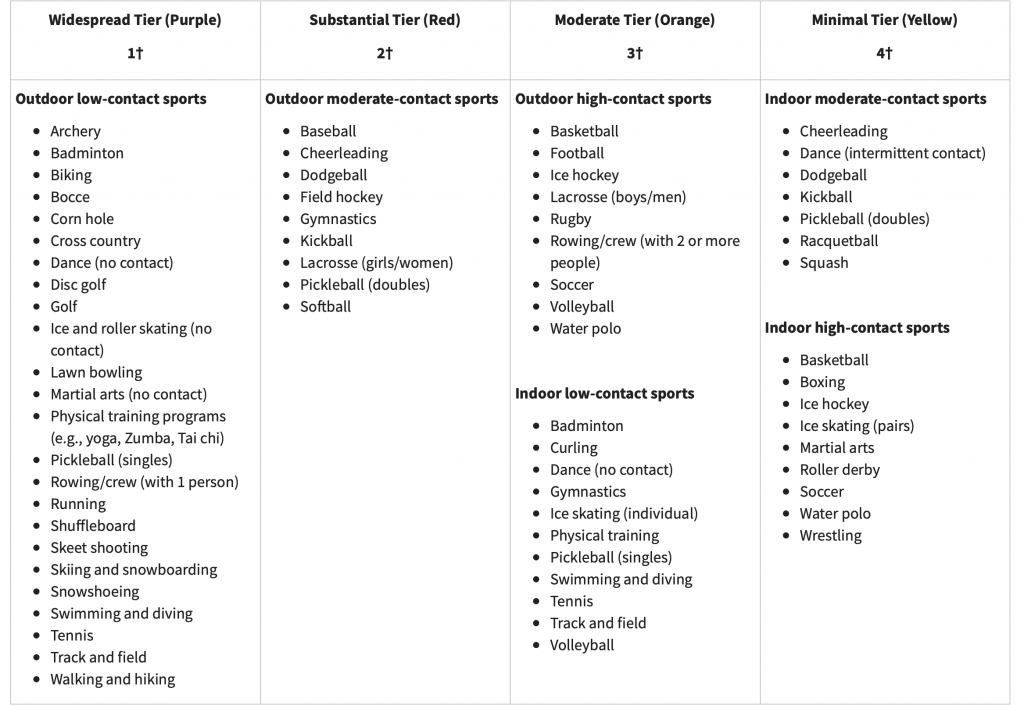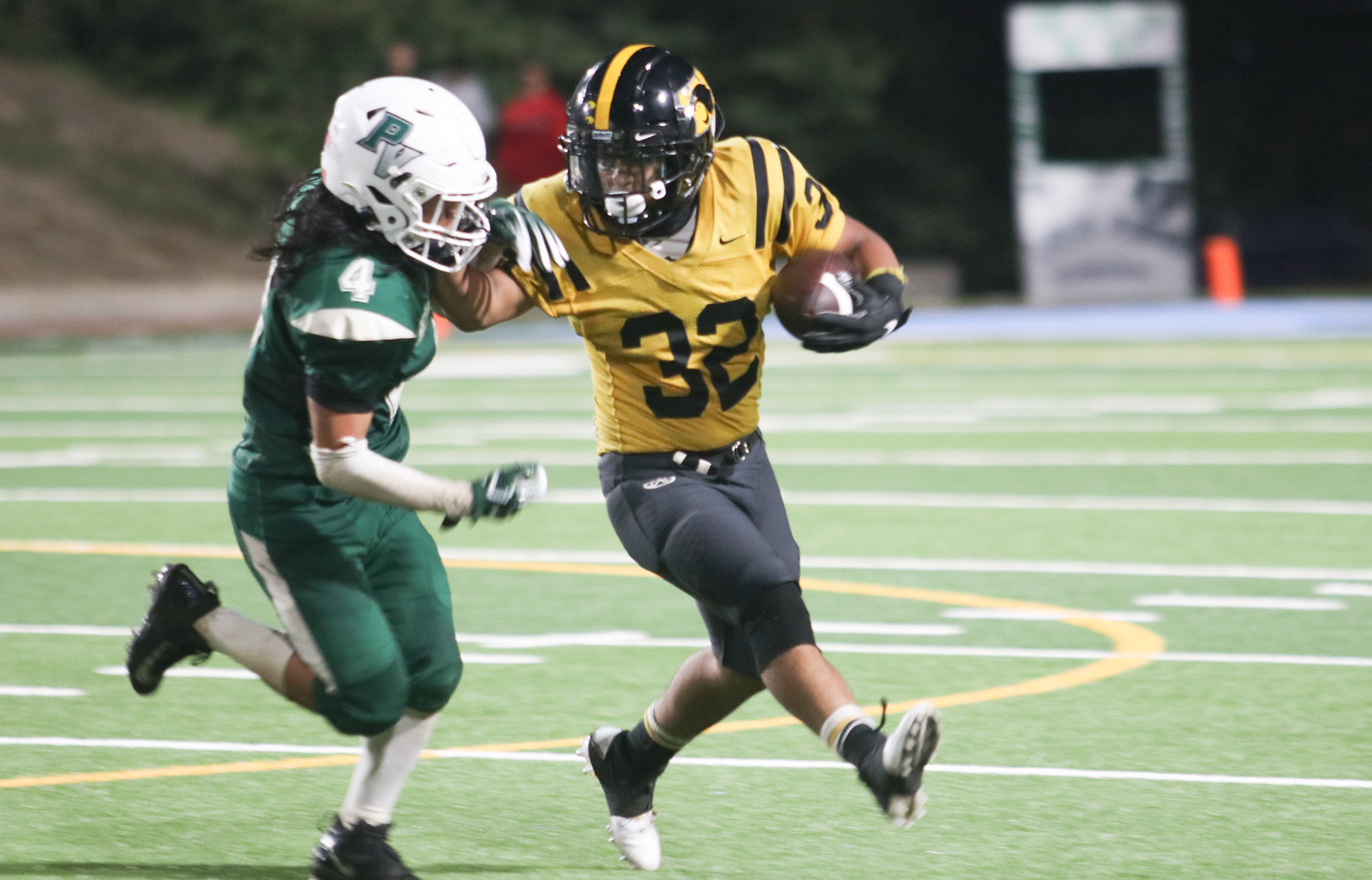By Emanuel Lee, Hollister Free Lance Sports Editor
Calling it the “document we’ve been waiting for,” Central Coast Section Commissioner Dave Grissom said the California Department of Public Health’s (CDPH) recent release in regards to youth sports gives him and the other 10 section commissioners in the state a guideline for high school sports.
“It gives us a little blueprint,” Grissom said. “At least now we know what sports could be played in what tier. Now it’s all of our responsibility to do what we need to do, to stay safe, wear our masks and do all the things the doctors and scientists are telling us to limit the transmission of this horrible disease as much as we can and hopefully get our student-athletes back on the playing field.”
Among the key highlights of the CDPH’s release: competition for so-called Season 1 sports will begin no earlier than Jan. 25.
The agency also arranged sports into categories under the four tiers of the state’s reopening plan.
The state’s four-tier, color-coded classification system, going from the highest risk of transmission rates to lowest, includes purple (widespread), red (substantial), orange (moderate) and yellow (minimal).
Outdoor, low-contact sports such as cross country and track and field would be allowed in any tier. Indoor, high-contact sports such as basketball and wrestling, however, would only be allowed if a county is in the yellow minimal tier.

All six counties in the CCS are currently in the purple widespread tier, which means if things stay the way they are now until Jan. 25, only one Season 1 sport—cross country—would be able to kick off its season.
The other Season 1 sports—field hockey, football, gymnastics, water polo and volleyball—are in the orange tier, meaning the county a school’s team resides in must be in that classification for it to be able to kick off competition.
While the CDPH’s release may be sobering for those looking to participate in high school athletics, Grissom was quick to point out that a lot can happen between now and early to mid-January. It’s not beyond the scope of imagination that some of the counties in the greater Bay Area will move from purple to red to orange in the next month.
“I think things will start to loosen up,” said Grissom, who spent five to six hours in phone meetings on Tuesday talking with fellow section commissioners discussing Covid-19 guidelines. “I turned on the TV this morning and the (coronavirus) vaccine was moving and getting to places and into arms. Maybe and finally we’re seeing a light at the end of this very dark tunnel.”
The CDPH is expected to provide an update by Jan. 4
This was the first time the CDPH had issued an updated guideline for youth and adult sports since Aug. 3, and not a moment too soon. Since the start of the pandemic in mid-March, high school sports have been prohibited from competition and limited to modified conditioning and skill training workouts.
“What we now have is a document that allows us under certain conditions to begin our sports seasons and allow kids to compete,” Grissom said, “and for that, I’m very grateful.”
Every high school sports team is currently in summer mode, meaning they all have the opportunity to condition and work out—under county safety and health guidelines, of course. Official practice start dates will be released most likely after the next CDPH update in early January.
For now, everyone involved with high school sports can only hope transmission rates begin to decline, which would put counties into a lower-tier risk and thus allow more sports to begin competition. Grissom emphasized that CDPH had to take into account adult recreation sports—not just high school/youth—when it made its new guidelines.
“In some ways the CDPH was in a difficult spot in that they had to build this guidance for all youth and adult sports,” Grissom said. “We’re looking at it through a much finer lens than they are. They’re at the 30,000-foot level and we’re on the ground floor.”













